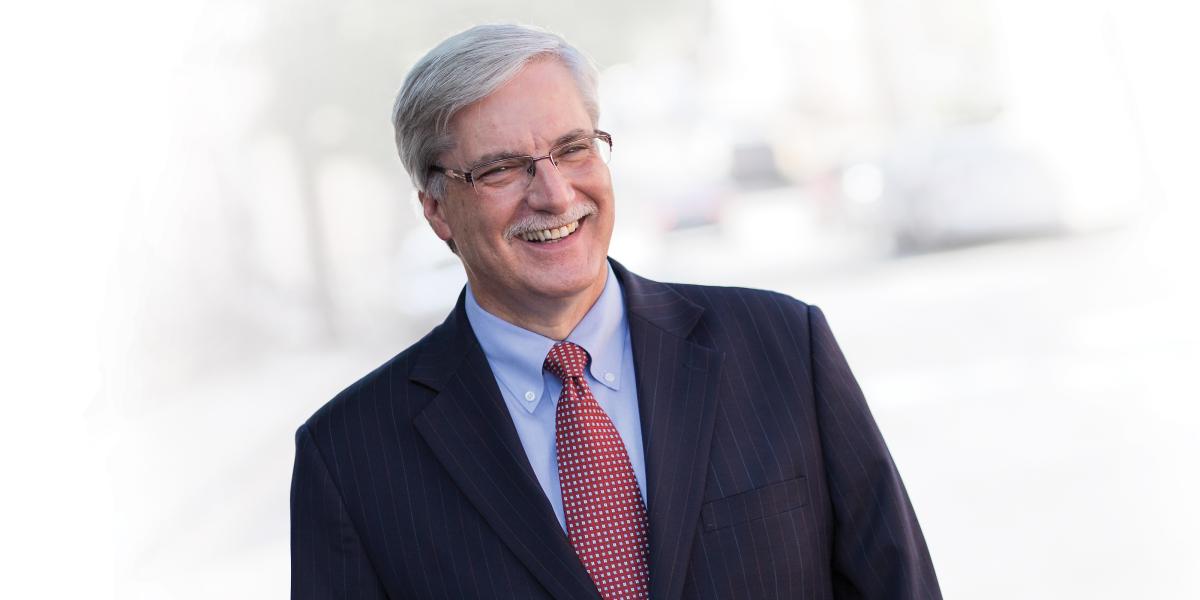Open Mike: A Million and Counting
Protecting health, saving lives—millions at a time eloquently describes the Bloomberg School’s mission. Now, however, we may need an equivalent motto for our recent accomplishments in online teaching.
On March 31, 2014, we reached a remarkable milestone: One million people had enrolled in one of our 23 massive online open courses (MOOCs) offered on the Coursera website.
Imagine: In less than two years, a million people across the world explored biostatistics, the U.S. food system, global disease control and other topics near and dear to our collective heart. For faculty dedicated to the transmission of knowledge to protect health, it’s pretty heady stuff.
Let me put it into perspective. Since the Bloomberg School was founded almost a century ago in 1916, we have educated 64,931 degree and nondegree students. Of course, there’s a huge difference between MOOCs and our regular courses—more on that in a minute. Still, that stark comparison is what drives our faculty who are dedicated to MOOCs. They relish the opportunity to transmit essential knowledge about public health to millions of people.
MOOCs do have their limitations. Most do not offer college credits or count toward a degree. Course completion rates are low—less than 10 percent. Lectures are pre-recorded, and faculty interaction is minimal. Grading is done by machine or peers. And it takes additional effort to verify that the work is being done by the actual registrants.
Critics who focus on these issues, however, don’t understand the nature of MOOCs or the people who enroll in them. Most MOOC learners are “browsers.” They are trying out a new field: learning a new vocabulary and gathering some big picture concepts in an area that interests them. For a small percentage, their MOOC experience will lead them into more concentrated academic study.
As we see it, our MOOCs do two things. One, they spread public health knowledge to persons outside of our field, which we believe is an inherently good thing. Second, they provide a gateway for some to a university education. This powerful technology is able to reach millions, find the relative few who want a more in-depth experience and bring them to the traditional model of university education.
Where is all of this headed? What does it mean for the future of the Bloomberg School and for public health? I don’t know—my desk isn’t outfitted with a crystal ball—but I can offer a few insights.
Our incredibly innovative Biostatistics faculty have taken the MOOC ball and are running with it. They love having 50,000 students in a class with study groups in Russia, Africa and Asia.
Brian Caffo, Jeff Leek and Roger Peng have created a series of nine MOOCs called the Data Science Specialization. These MOOCs will give learners an introduction to data science, which involves the management, analysis and visualization of large-scale and complex data. People can earn an identity-verified certificate by paying a fee, finishing all nine MOOCs in the specialization and completing a project-based course. Learners will have a wide range of skills to enable them to start answering questions by using data. Certificate earners are then eligible for a partial tuition scholarship on the first for-credit course they take at the Bloomberg School.
This is the kind of experiment that the MOOC platform makes possible, and I am sure that it is only the first of many. Such offerings will give basic public health training to legions of committed, hungry minds around the world.
Although MOOCs offer unparalleled reach, they are no substitute for our School’s degree programs. Through intensive interaction and mentorship with faculty, our students adopt the ethos of public health and the Bloomberg School. Our faculty inspire our students to take on big problems, to go out and change the world—and teach them how to do it. That core interaction is irreplaceable. It happens through the day-in, day-out sharing of ideas, through feedback and conversations over coffee in the Daily Grind or via an online chat. I hear about the impact of these interactions from our students all the time. They love our great teachers and the opportunity to learn from them and be inspired by them.
Because of the high quality of our 120 online courses, our online students enjoy the same transformational experience as those in our face-to-face classes. The School pioneered online education, offering for-credit online courses since 1997 and an online, part-time MPH degree program since 1999. Almost two decades of innovation and experimentation have made our online education experience so rich that most online courses are taken by our full-time students here at the School.
So, what’s the future? Online or face to face? Massively open or degree-based?
The answer is yes.
